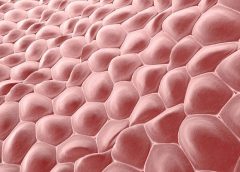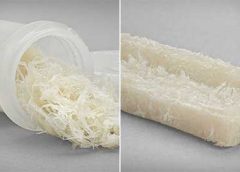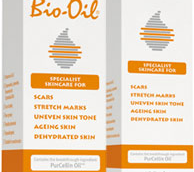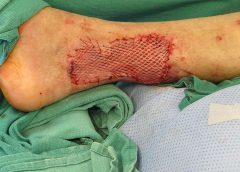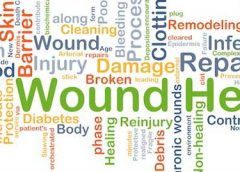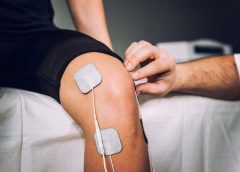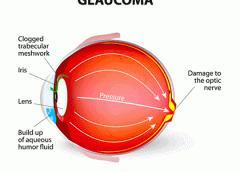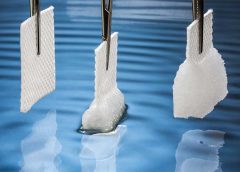Scientists at Ohio State University have developed a new method that has the capability of changing the body’s existing cells into new cells to promote healing. The method, called Tissue Nanotransfection (TNT), reprograms cells through a device that uses nanotechnology. The way it would work: First, doctors would apply a light electrical stimulation to the surface of the skin. They would then place a small chip about the size of a cuff link onto the site of the wound. In less than a second, this chip would deliver reprogramming factors (pre-programmed DNA or RNA) non-invasively into living skin cells via a high-intensity, focused electric field, converting them into whatever type of cells a scientist or doctor may choose. (more…)
Read MoreSearch Results for: eq
AlloFuse® Select CM Supports Your Patient’s Healing
AlloFuse® Select CM – clinically proven to activate and support bone formation and can be used in a variety of spinal, neurologic, and orthopedic procedures.
AlloSource, one of the nation’s largest providers of cartilage, bone, skin, soft-tissue, and cellular allografts to advance patient healing in surgical procedures and wound care, today announced the release of AlloFuse® Select CM, a premium addition to AlloSource’s AlloFuse portfolio. (more…)
Read MoreBio-Oil helps self-care for wounds
Minimize scarring through new patient booklet.
A new patient resource has launched in the UK offering primary care healthcare professionals (HCPs) the opportunity to help patients self-care for their wounds and minimise scarring.
The new patient booklet resource, ‘Supporting you to care for wounds and to minimise scarring’, created with help from expert Dermatologist, Justine Hextall, and supported by Bio-Oil, has been developed following research demonstrating the the frequency that HCP’s are required to provide support to patients in primary care, with one in five (20%) being asked for advice on a weekly basis. (more…)
Read MoreBetter Skin Grafts – take only one layer
Research shows that a skin-graft harvesting system aids chronic wound recovery and reduces care costs by accelerating the healing process.
More than six million cases of chronic wounds cost $20 billion each year in the United States. Diabetic ulcers, pressure sores, surgical site wounds, and traumatic injuries to high-risk patients account for most wounds that won’t heal. (more…)
Read MoreNew Approach to Wound Healing Easy on Skin, Tough on Bacteria
Washington, D.C. — In a presentation to the American Chemical Society meeting, Ankit Agarwal, a postdoctoral researcher at the University of Wisconsin-Madison, described an experimental approach to wound healing that could take advantage of silver’s anti-bacterial properties, while sidestepping the damage silver can cause to cells needed for healing.
Silver is widely used to prevent bacterial contamination in wound dressings, says Agarwal, “but these dressings deliver a very large load of silver, and that can kill a lot of cells in the wound.” (more…)
Read MoreHow to benefit from electrical stimulation for the treatment of chronic wounds
One of the most amazing things about the human body is its ability to repair itself. Lacerations, punctures, abrasions all heal with little or no care. Chronic wounds, those that persist day after day, are a small subset of wounds but they compose a troublesome minority. They include, but are not limited to, diabetic foot ulcers (DFU), venous leg ulcers (VLU), and pressure ulcers (colloquially known as bedsores). These represent the body’s failure to fix itself. (more…)
Read MoreDragon blood may help wounds heal faster
A new study has identified a peptide, derived from the Komodo dragon, called VK25, which can be synthesized and used as an antimicrobial peptide to promote wound healing.
The new research has identified (see below) a peptide found from the Komodo dragon (Varanus komodoensis), called VK25, which appears to be useful as a cationic antimicrobial peptide (CAMP). There is currently considerable interest in antimicrobial peptides in a world where antibiotic effectiveness is in decline. These peptides are potent, broad spectrum antibiotics which demonstrate potential as novel therapeutic agents. (more…)
Read MoreMeeting the nutritional needs of elderly cancer patients
Although it is described as “one of society’s greatest achievements,” with the aging population, cancer incidence is expected to accelerate rapidly, as 50% of cancer occurs within this age group.(1)
Nutrition therapy is a crucial component of cancer care. Early and continuous nutrition management is necessary to avoid malnutrition, as this is associated with poor clinical outcomes.(2) Often, the elderly already face chronic comorbid conditions, such as high blood pressure, heart disease, lung disease, diabetes, kidney disease, bone disease and arthritis, further complicating their care.(3) (more…)
Read More2018 American Nurse Today Education Guide
Moving ahead with your nursing education
Deciding to continue your education is exciting as well as daunting. You’ll need support from your friends and family, as well as your colleagues and fellow students. But you also can get support from the nursing profession. In this article, you’ll find information about a variety of resources to aid you along this next step in your career.
[read more ->]
Ready, set, go… to school!
With 79.6% of employers now requiring or having a strong preference for nurses with a baccalaureate degree and a growing demand for nurses, there’s no better time to return to school.
[read more ->]
Frontiers of nursing education

Is an accelerated nursing program right for you?
Are you up for the challenge of an accelerated nursing program? You can earn your degree quickly and be off the races in your career, but these programs require dedication, self-discipline, and an ability to immerse yourself in the learning experience.
[read more ->]
Returning to nursing school? Keys to success
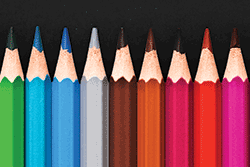
Ready to change specialties?
The opportunities within nursing are practically limitless. You can choose patient care, education, pharmaceutical sales, research…the list goes on and on. That’s part of the challenge. With so many choices, you need to know yourself and what you want as well as understand what will be required to get you to this next stage in your career.
[read more ->]
Lifelong Learning: Is a postmaster’s certificate the right option for you
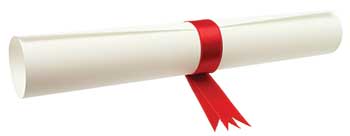
Interprofessional education
Imagine the depth of knowledge you would gain by learning along side students in other healthcare disciplines. In education settings that embrace interprofessional education, students learn with, from, and about each other to enable effective communication and improve patient outcomes.
[read more ->]
Can nursing meet the 80/2020 goal?
In 2010, a goal was set to have 80% of nurses with BSNs by 2020. Read this article to find out what kind of progress we’ve made so far.
[read more ->]
Your doctorate and the path to persistence
High attrition rates for doctoral nursing students (reported to be as much as 50%) in the face of an increasing demand for PhD-prepared nursing faculty is a growing concern. So, what’s at the crux of this problem and how do we solve it? When I was a doctoral student, I researched how other doctoral students balanced work, family, and school. The goal was to learn more about the strategies used by these students.
[read more ->]2017-2018 Education Guide Read More
Global wound care dressings industry illuminated by new report
3 reasons why cornea is the new Glaucoma
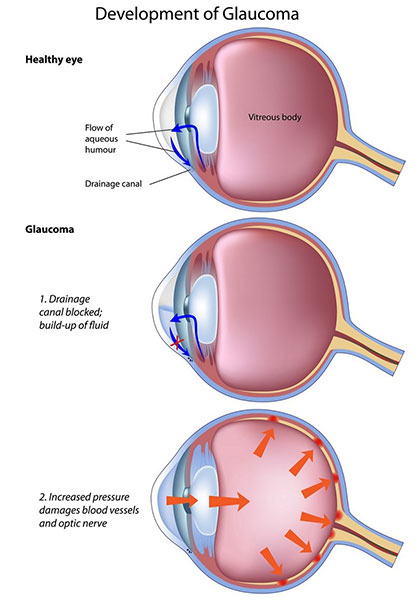
Over the past few years, this pace of change has been very evident in glaucoma, where minimally invasive procedures have greatly diminished the frequency of trabeculectomy and tube shunt procedures. In this issue of OSN, our cover story focuses on a specialty that’s now moving as quickly as glaucoma. And here are three reasons I believe cornea will continue to be the “next big thing” in eye care: (more…)
Read MoreFlexible Materials Innovations Advances Wound Care
The cutting-edge of wound care is a progressively flexible one, where textiles, foams, and films are applied to wound management technology with the goal of synergistic physiological function. These innately intuitive materials underpin the emerging medical solutions that practitioners and their patients are finding more effective than traditional wound care and closure methods. With an aging population more frequently seeking medical care and a surge in diabetes diagnoses, market analysts predict a continuing rise in demand for advanced wound care management products, fueling an annual industry growth rate of 6.4% over the next five years. (more…)
Read More
